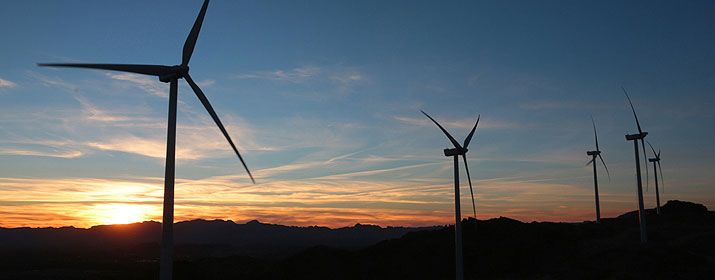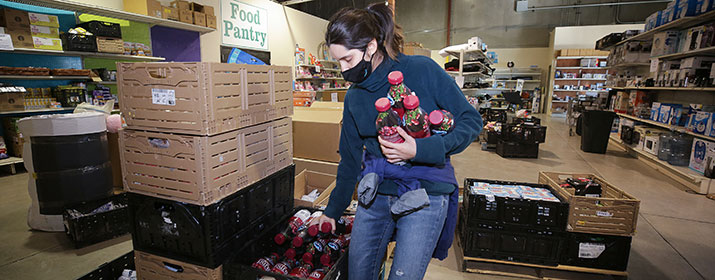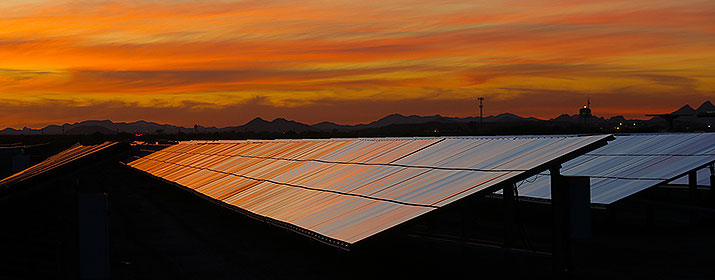
When it comes to safely and accurately assessing the condition of our facilities, the sky’s the limit with new drone technology.
Consider this recent real-life scenario: An electrical fault interrupted power delivery along one of our large high voltage transmission lines. The line includes a half-mile span across a canyon, 300 feet above ground.
The reason for the fault wasn’t obvious. The line had appeared to be in good condition during routine visual inspections from the ground and a helicopter.
Putting a drone in the air gave us the answer: Burn marks on one of the conductors provided evidence of occasional contact with another wire. Nearby, a static, unpowered cable on another transmission line had sagged, creating enough slack to allow the lines to swing together in heavy winds. Adding more tension to that line fixed the problem.
“Drone inspection really provides us with a different perspective,” said T&D Supervisor Clark Bryner. “We’ve been very targeted with the application of this technology, but what we know from our experience so far is that it’s practical, fast and safe, and helps us quickly see our equipment in amazing detail from a variety of vantage points.”
A drone also helped TEP identify two reasons why a different circuit was suffering repeated interruptions: accumulated droppings from a flock of roosting birds, and damage from a recent lightning strike, none of which was visible from the ground. Once bird deterrents were put in place and repairs made, the number of events dropped to two in the last storm season.
“Before, our linemen would have needed to go up in a bucket truck to determine a solution, so this really improved our efficiency in being able to determine the source of the problem right away,” Bryner said.
TEP has been cautious about drones, since unmanned aerial vehicles are heavily regulated and Tucson is in a particularly sensitive zone because of air traffic from the airport and the Davis-Monthan Air Force Base. But the increasing popularity of drones has driven new regulations that more readily allow the use of the technology.
Once a contracted service, drone inspections are now conducted by TEP employees, making it easier and less expensive for our transmission circuit patrolmen to take a closer look when a problem isn’t obvious from the ground.
Teams using the technology will be certified and will receive training to ensure compliance with strict regulations. The drones will only capture images focused on our equipment, and files will be securely stored.
Drones will help provide valuable information as TEP crews respond to storm damage or work in areas that are challenging to access. They also will allow closer inspections that could identify potential problems before we have an outage, Bryner said. The images captured by drones can be reviewed in real time or stored for later review.
“We’re constantly looking at how we can effectively use technological advances to help us drive greater efficiency and reliability, but importantly, this also provides an important resource in ensuring the safety of our customers and our workers.”






